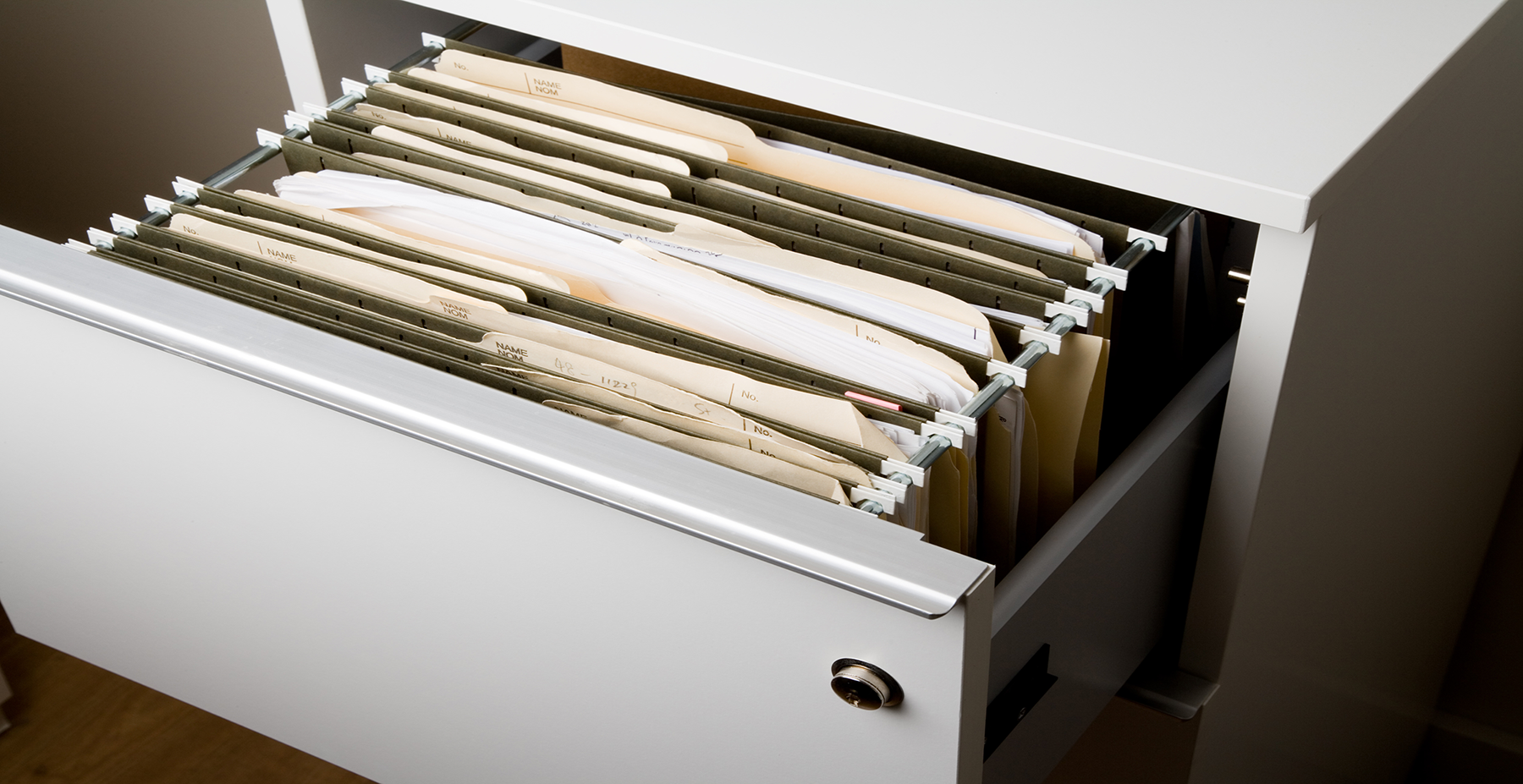
by Kathryn Haynie, QKA
on March 7, 2017
In a society where Marie Kondo’s book “The Magic Art of Tidying Up” and minimalism are becoming increasingly popular it would seem that most individuals are focused on reducing the amount of excess in their lives. While this may be a good approach to the items in your closet, it is not the best idea when it comes to retirement plan records. It is important to maintain necessary plan records to assist with plan administration as well as remain in compliance with ERISA document retention requirements.
The required time frame for retaining plan documents according to ERISA is six years after the filing date of an ERISA-related return or report. In reality, most plan documents should be retained for a much longer period. If a plan is audited, the DOL or IRS could request documents older than six years if there are issues with the plan that need to be corrected. Also, if a participant or beneficiary makes a legal claim for benefits against a plan the claim could go back several years and the plan would still need to provide sufficient documentation. The best practice would be to retain pertinent plan documents indefinitely in order to protect against future litigation and participant benefit claims.
There are several Plan Document related records that must be retained by a Plan Sponsor. It is important to verify all saved documents are signed and dated appropriately. It would also be beneficial to retain verification that all required notices and disclosures were distributed to required parties according to required timelines.
Some examples of plan document related items that should be retained are:
Each year there are several documents created in the administration of a retirement plan. These documents should be retained in the event of a DOL investigation or IRS audit. It is also important to retain all participant related records in the event of future benefit claims from terminated participants or beneficiaries. Saving these records will also ease the burden of future administration by having historical data available for the plan.
Several examples of plan administration and participant documents to keep in plan records are listed below:
In the past few years it has become increasingly more important for plan fiduciaries to understand their liabilities and responsibilities. One of the ways that a plan fiduciary can show he or she has fulfilled all required responsibilities is to keep accurate and detailed records of actions taken with regards to a plan.
There are several items that should be maintained in a Fiduciary Due Diligence file, including the following:
The number of documents associated with a 401(k) plan can become overwhelming if not kept in an orderly system. Plan items may be stored as either paper copies or electronic. Some items, such as original signed documents, should be kept in paper format. If items are stored electronically they must be updated with current technology as time passes to ensure they are accessible when needed.
Although ERISA requires that most documents be kept for six years, it is beneficial for plan sponsors to keep all pertinent plan related documents indefinitely. This may seem excessive as more plan records are created each year. By keeping detailed and organized records throughout the life of a retirement plan, it will be easier to respond to future document request from IRS or DOL as well as any future participant benefit claims. A good rule of thumb is, when in doubt, keep it! Just be sure all documents are kept in an orderly manner to make life easier if they are needed in the future.